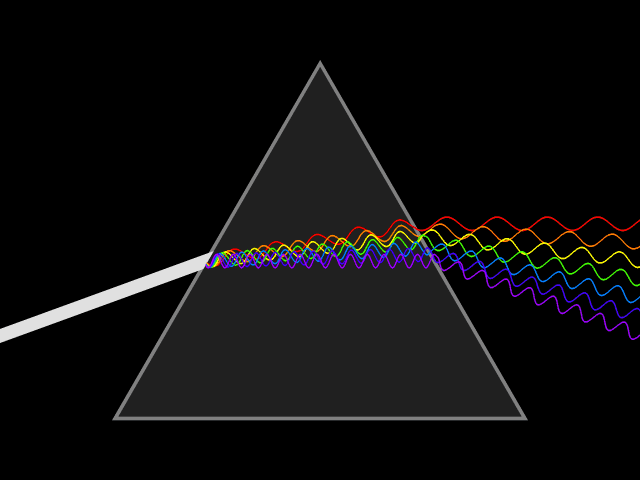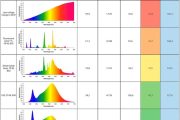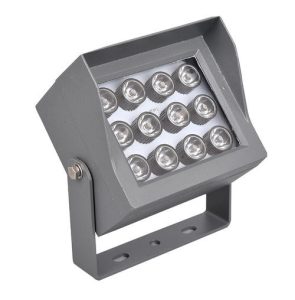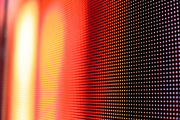The relationship between light and color
Light is color. Only when there is light can there be color, because without it, there is no scene. Light is the only source of color for all objects. When light stimulates the human retina, color vision is formed. Without light, there is no color.
Light is an electromagnetic wave originating from the sun, other celestial bodies, flames, and artificial light sources. It has a wide range. When the wavelength is too long (in the infrared region) or too short (in the ultraviolet region), the human eye cannot distinguish it.
Only the narrow light region with a wavelength range of 380 to 760 nanometers is the visible light region of the human eye. It has been found that the longest wavelength of several balanced colors in the visible light region is red, followed by orange, yellow, green, blue, and purple. We can see this effect in the rainbow after the rain, or when the light It can also be seen when passing through a prism to separate into a spectrum.
The type of light source, the way the object absorbs and reflects light can determine the color of the object we see. When light hits an opaque object, the surface of the object will absorb most of the visible light and reflect part of the visible light. The color of the reflected light is the natural color of the object. For example, a piece of lemon yellow and yellow fabric will absorb almost all colors in light except yellow. White objects reflect almost all colors in the light, while black objects absorb almost all colors. The inherent color of any object is only visible under white light. In fact, the light itself is not completely colorless.
The color of light depends on the type of light source and the medium through which the light passes when it reaches our eyes. For example, the sun’s rays at noon are close to white and colorless, and the rays of candles and ordinary incandescent lamps are slightly yellow. Incandescent lamps and fluorescent lamps have many colors, which can provide us with many choices. At the same time, we can also take many methods to change or mix the color of the light. For example, the color of daylight can be changed through colored thin curtains or colored glass.
In short, how to deal with light and color is not a simple task. As a designer, we should not only consider it from an aesthetic point of view, but also consider people’s physical and psychological perception of the environment. The correct control of light and color can make the space reflect the individuality and taste, thereby making the interior comfortable and sentimental. This is exactly what a designer pursues.
The influence of light source on the formation of color perception
Light and color are inextricably linked, so what is the specific relationship between the two? When we conduct color detection, we often mention the importance of the light source environment during the test. Different light sources have different color perception formation. In order to distinguish color difference more accurately, we need to understand the relationship between light and color.
Without light, how can there be color? If we are in a dark environment, then there is no way to judge the color of the object. The reason why people can see the surrounding colors clearly is because the reflection of light is reflected on the retina, and the color perception is sensed through the cone cells to form a judgment of the color. The composition of color and light are inseparable, light is the basis of color production, without light, there is no color.
Light can be defined as electromagnetic waves in physics. The light that people can see is called visible light. It is only a very narrow section of the electromagnetic wave frequency range. The wavelength range is about 380 ~ 760 nm. According to red, orange, yellow, green, blue, Indigo and violet light are gradual, and the light colors in different wavelength ranges are different. The white light we see is composed of multiple colors. The reason why we can distinguish colors depends on the color light components contained in the light. When the human eye is light, it will make the eyes “vision”, and then the brain will respond to these visual stimulus signals and tell you whether the “color” is “red” or green. Most people (color blindness or color weakness will have The difference in perception) The wavelength of the “red” stimulus light is approximately in the range of 620-760nm, while the wavelength of the “green” sensation light is approximately 520-560nm.
The reason why people form the perception of color is because of light, but for naturally luminous objects and reflective objects, we have different principles for the formation of color perception.
If it is an object that emits light by itself, our judgment of its color depends on the color components contained in the light. For example, white light is a mixture of multiple colors, while reddish light is due to the wavelength range contained in the light. 625~740nm has more colored light components, and the bluish light is because the light contains more colored light components in the wavelength range of 440~475nm. For the color of light, we become the color of the light source.
However, if the color is irradiated by light, it depends on the light reflected from the surface of the object. For example, the reason why pigments and inks have different colors is that different colors of pigments have different absorption and reflection ratios of light. When a beam of white light shines on the surface of the paint, it will absorb part of the light and then reflect part of the light. If all the color light components in the white light are absorbed, then it will appear black, and if all the white light is reflected, it will appear white. The ratio of light absorption and reflection on the surface of an object is relatively fixed, so the color on the surface of the object under natural light is called the inherent color of the object.
The color of the object depends on the combination of the characteristics of the object and the color of the light source. Many factors will affect the color of the object, and the color of the object will change at different times. The influence of the environment is the most important factor in the change of the object color.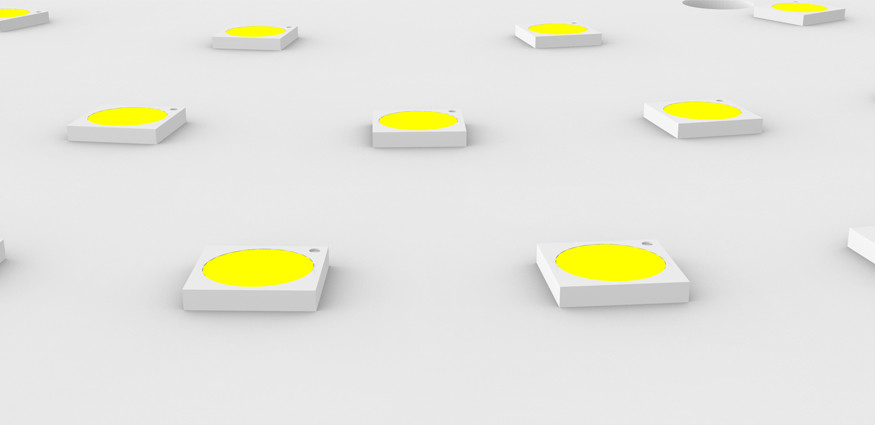
The importance of standard light sources:
When the light source changes, we observe that the color of the object will change with the change of the light source and the surrounding environment. At this time, when we evaluate the color of the object, there will be a certain difference. Especially in the industrial production process, under ordinary fluorescent lamps, because the color temperature, color rendering and illuminance of the light source cannot meet the requirements of the color detection light source standard, even if the quality inspector has carefully checked the color of the product, he will eventually meet the requirements of the customer. The color forms a chromatic aberration.
In order to accurately determine the appearance color of the product, we need a relatively stable light source that can be used for color detection. Therefore, the CIE International Illumination Committee stipulates the light source used in uniform color detection, which is called the standard light source.
With the continuous development of lighting technology, the lighting environment people live in is constantly changing. Therefore, the standard light sources recommended by CIE have gradually developed from the original A, B, and C to the D series and F series light sources as seen. The standard light source box is a kind of lighting light box equipment specially designed and manufactured for color detection. Its configuration D65, D50, CWF, TL84, U30, UV, F light source, etc. are all types of light sources that users often use when color matching. Effectively solve the problem of the consistency of light source and environment during color matching, and help users to verify product colors more accurately.



